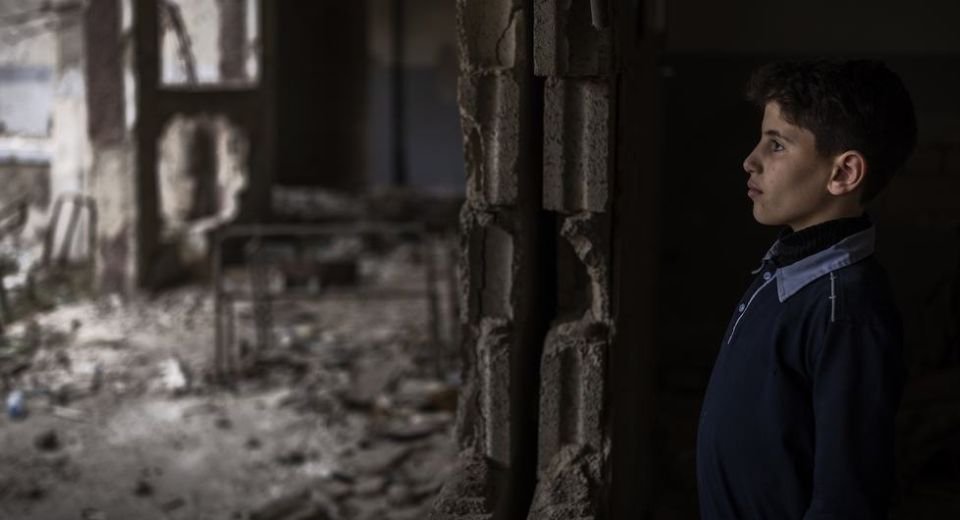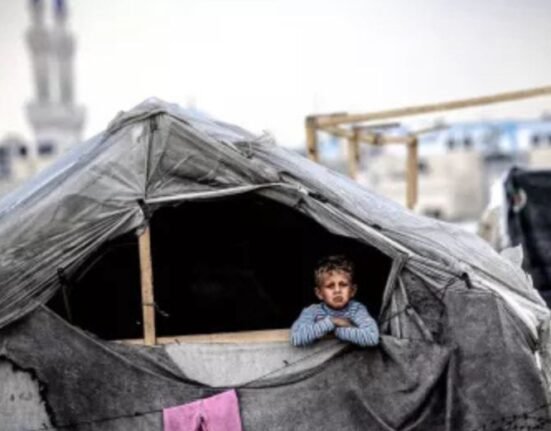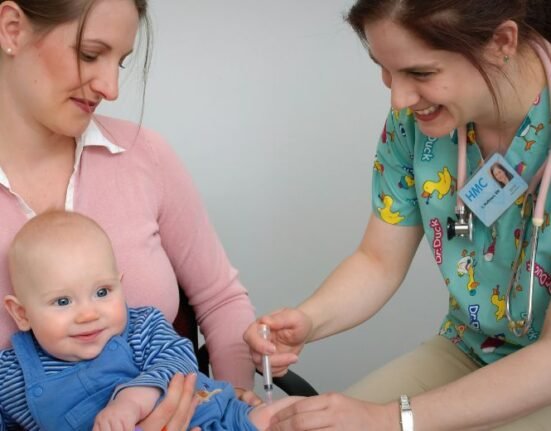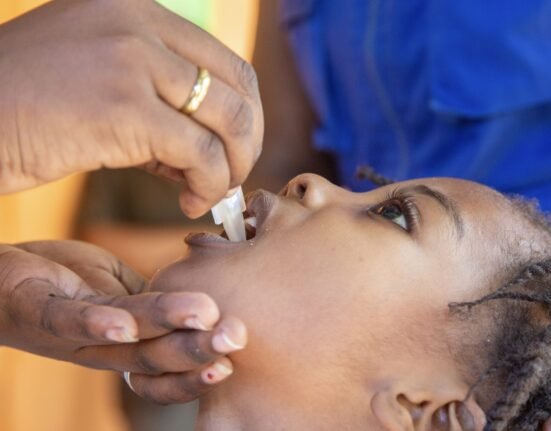HQ Team
July 2, 2025: In less than two years, one child has been killed or maimed every 15 minutes in conflicts across the Middle East and North Africa, the United Nations Children’s Fund stated.
At least 12.2 million children have reportedly been killed, maimed or displaced in conflicts in the Middle East and North Africa — the equivalent of one child displaced every five seconds, and one child killed or maimed every fifteen minutes, according to a UNICEF statement.
Reports indicated that more than 12 million children have been displaced, more than 40,000 maimed, and almost 20,000 killed, the agency stated.
The analysis was based on reported figures for children killed, injured or displaced since September 2023 in Iran, Israel, Lebanon, the State of Palestine, Sudan, Syria and Yemen and population figures from the UN Population Division.
‘Moral obligation’
“A child’s life is being turned upside down, the equivalent of every five seconds, due to the conflicts in the region,” said UNICEF Regional Director for the Middle East and North Africa (MENA), Edouard Beigbeder.
“Already, half of the region’s 220 million children live in conflict-affected countries. We cannot allow this number to rise. Ending hostilities – for the sake of children – is not optional. It is an urgent necessity, a moral obligation, and it is the only path to a better future.”
About 110 million children in MENA live in countries affected by conflict.
Violence continues to disrupt nearly every aspect of their lives. Homes, schools, and health facilities are being destroyed, according to the statement.
Life-threatening situations
Children are regularly exposed to life-threatening situations, extreme distress, and displacement, stripped of safety and often left with psychological scars that can last a lifetime.
In 2025, UNICEF estimated that 45 million children across the region will require humanitarian assistance due to continued life-threatening risks and vulnerabilities, up from 32 million in 2020 — a 41% increase in just five years.
UNICEF is also experiencing major funding shortfalls across its operations in the MENA region.
As of May, Syria faces a 78% funding gap, the State of Palestine a 68% gap for their 2025 appeals, and our regional programmes are under increasing financial strain.
Looking ahead, the outlook remains bleak.
Funding cuts
By 2026, UNICEF’s funding in MENA is projected to decline between 20% and 25%, potentially resulting in a loss of up to $370 million.
It will jeopardise life-saving programmes across the region, including treatment for severe malnutrition, safe water production in conflict zones, and vaccinations against deadly diseases.
“As the plight of children in the region worsens, the resources to respond are becoming sparser,” said Beigbeder. “Conflicts must stop. International advocacy to resolve these crises must intensify. And support for vulnerable children must increase, not decline.”
The UNICEF analysis applied cuts to Official Development Assistance (ODA) announced by government donors for 2025 and 2026.
Level 3 emergencies
It included an expected 30% reduction in pooled funds (such as World Bank funding) over the period, to the percentage of UNICEF MENA’s share of global ODA in 2024, to extrapolate the possible funding decrease for 2025 and 2026.
With globally declared acute and protracted Level 3 emergencies in Syria, across the five countries hosting Syrian refugees, Iraq and Yemen, and other ongoing emergencies in Libya, Sudan and the State of Palestine, there are about 70 million people in need of humanitarian assistance across the MENA region.
Additionally, 50 million people live in conflict-affected countries, including about 24 million children, according to UNICEF.








